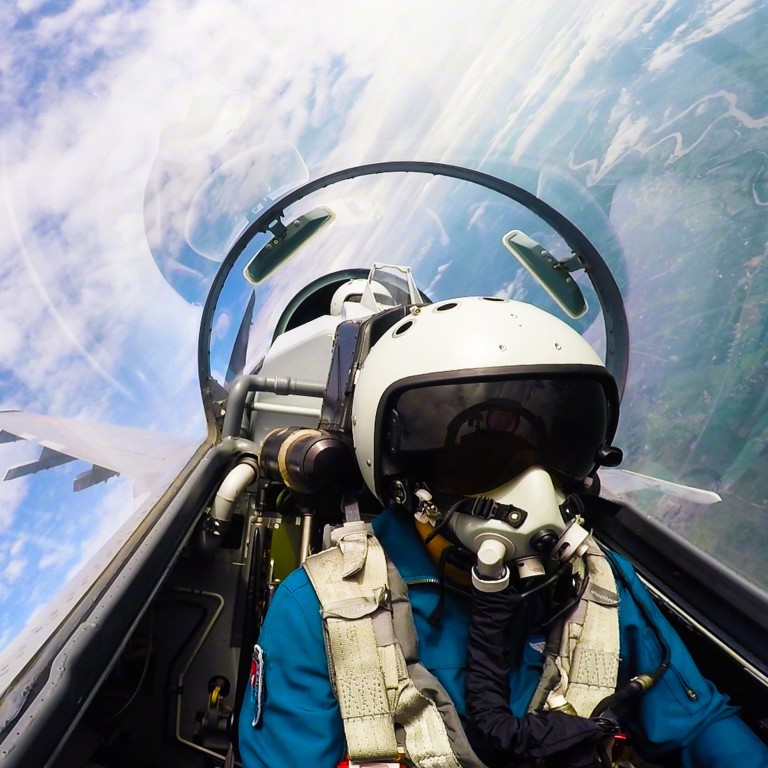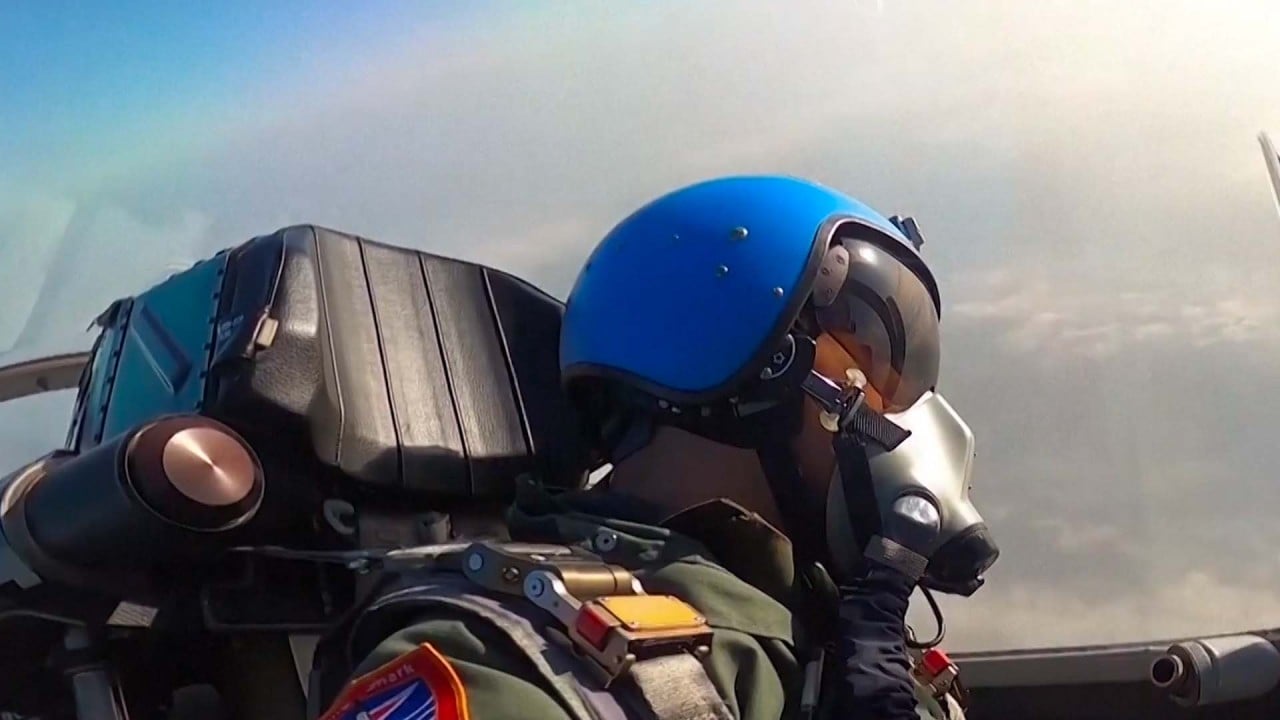
China’s military sends in junior air force pilots to tackle rise in US spying missions
- Fresh graduates are being put through intensive training programmes and deployed on combat patrols, CCTV says
- Pilots are acting with restraint to avoid confrontation becoming conflict, analyst says
Junior pilots have been sent on the patrols in the East and South China seas to expel foreign jets as little as a month after completing fighter pilot training, state broadcaster CCTV reported on Saturday.
The CCTV report said almost all the PLA Air Force’s graduates completed a training course to become fighter pilots, learning how to deal with the growing threat of close-in reconnaissance by foreign aircraft.
Without giving details about the foreign aircraft, it said the intensive training programme pushed junior pilots to master practical air confrontation skills and countermeasures within a short time.
Song Zihao, a 24-year-old J-16 fighter-bomber pilot, told CCTV that he was ordered into frontline action just one month after completing the postgraduate training.
“It was my first combat task, which required me to immediately transition from a training situation to a combat-ready air patrol,” Song said, adding he received the order because his jet was the closest to the scene.
“I received radar warnings from foreign aircraft soon after heading to the scene, meaning my aircraft was targeted [by air-to-air missiles].”
He said he was not nervous about the patrol and responded with reciprocal countermeasures, pushing his rival to leave.
“I remained calm because I had faced similar scenarios on the first day of my training, seeing how senior pilots dealt with intruding foreign warplanes every day,” Song said.
Li Chao, a senior J-16 pilot, told CCTV that the PLA pilots used a range of measures to stop the intrusions, including turning off all onboard electronic equipment to evade tracking systems and making a full axial rotation to fly behind the rival aircraft.
Li said the rotation enabled them to gain a superior position and force the other aircraft to abandon the confrontation.
Zhou Chenming, a researcher from the Beijing-based Yuan Wang military science and technology think tank, said the US warplanes had increased close-in spying flights in the East China Sea and the Yellow Sea since early December.
“The sustained increase in the number of close-in reconnaissance missions made by the American aircraft has pushed the PLA to produce more pilots capable of dealing with provocative moves made by the US,” Zhou said.
“That’s why so many junior pilots have been forced to take missions that are entirely beyond their capacities. But the PLA pilots are very restrained because China doesn’t want the confrontation to turn into a military conflict.”
China’s jet fighter pilots elevated as aircraft carrier fleet grows
Pilots from other areas are also being drafted to take part in missions elsewhere, according to CCTV.
In another report, the broadcaster said J-16 pilots from the remote Western Theatre Command had been deployed for combat air patrols along the southern coast, while J-20 pilots from the Northern Theatre Command had been sent to the eastern theatre overseeing the Taiwan Strait for night flight training.
Last year, the United States sent large aircraft on about 680 sorties to conduct close-in reconnaissance flights in the South China Sea, with 68 occurring in December alone, according to the South China Sea Strategic Situation Probing Initiative, a Beijing-based think tank.
In 2021, large US reconnaissance aircraft conducted around 1,200 close-in spying flights over the South China Sea, the think tank said in a report in March.



